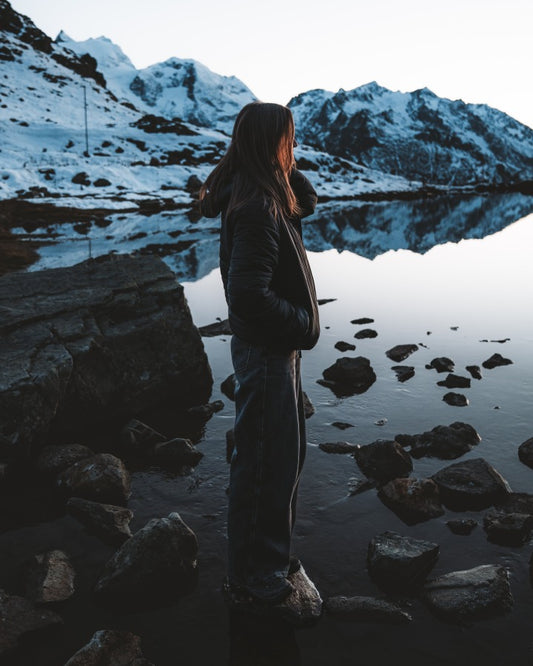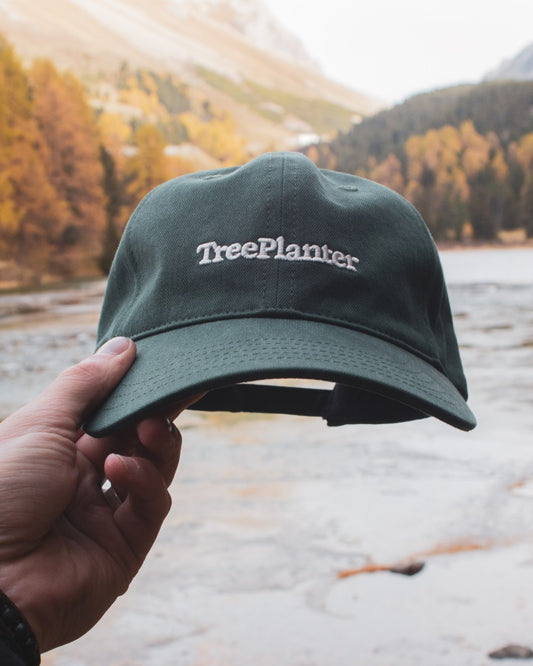Together with our community, we support different tree planting projects around the world every month. In May, we are supporting the "Mauna Kea Restoration" project in Hawaii. The aim of the project is to facilitate and accelerate forest regeneration in order to reduce threats from forest fires and protect the habitat for endangered animals and plants. You can find out more about this project in this blog.
Forest regeneration as a sign of respect at the sacred volcano
Mauna Kea, the highest, currently inactive volcano in Hawaii at 4205 meters above sea level, is considered the largest and highest mountain on earth at 10,203 meters if the part below the sea surface is included. In Hawaiian culture, the snow-capped mountain stands for an uninterrupted connection to the earth and the sky. For the locals, the creation story of the mountain also symbolizes the relationship between the generations: The older ones take care of the younger ones, just as the younger ones show respect and consideration to the older ones. Because what is loved should also be protected. This is precisely the aim of the Mauna Kea Restoration Project - to nurture the health and well-being of the ecological and human communities on the sacred volcano.

Image: Map of the project site on Mauna Kea.
Tropical and alpine climate - unique diversity
From some of the wettest tropical forests on the planet to some of the driest alpine zones on earth, the region around Mauna Kea encompasses a remarkable variety of climates. Mauna is also the only point in the Hawaiian island chain with a constant snowpack and is home to some of the largest native ecosystems remaining in the Pacific region. Due to a rapidly changing climate, invasive species and a growing threat from forest fires, many animal and plant species are under threat. To prevent the loss of this unique biodiversity, the Mauna Kea Restoration Project is investing in the restoration of the forests and their ecosystem diversity.

Picture: Region around the volcano Mauna Kea
A restoration-projectas a model for the whole of Hawaii
Planting trees such as Sophora chrysophylla, Acacia koa, Coprosma rhynchocarpa, Chenopodium oahuense and Santalum paniculatum should reduce the risk of fires, as the forest canopy closes and the grass density decreases due to increased shading. The changes in soil moisture and wind speed due to the increase in trees also contribute to reducing the risk of fire. The reforestation will also create new habitat for the black-masked kingfisher and the Hawaiian sickle-billed kingfisher. The Mauna Kea Restoration Project is considered a model for habitat restoration efforts throughout Hawaii because it provides educational benefits through extensive community involvement. Restoration methods will be applied to other sites in the Hawaiian Islands in the future.

Picture: Tree seedlings for the Restoration project
Together for a greener world
Our commitment to the environment goes beyond planting trees. We believe in the power of community and that together we can make the world a better place. Would you like to get involved too? For every NIKIN product you buy, we plant a Tree. Together we make the world greener - #treebytree!




















